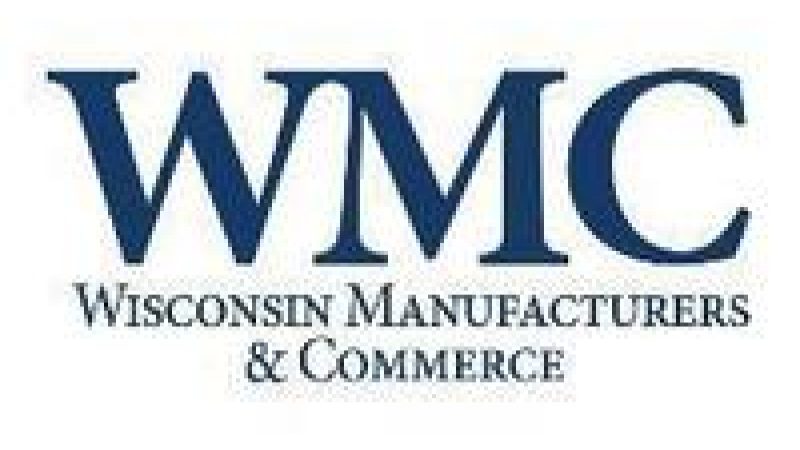Manufacturers in Wisconsin are using various strategies to attract and retain talent such as increasing wages, offering more workplace flexibility and creating new positions dedicated to keeping workers onboard.
Speaking at the WMC Foundation’s Future Wisconsin Summit in Madison, Greenheck Chief Human Resources Officer Carrie Strobel said the Schofield-based company recently hired a retention coordinator to reduce turnover in its production team. Greenheck produces air control and air conditioning equipment.
She explained most of that turnover is seen in the first 60 to 90 days after someone is hired, but “once we get them past that hurdle, they’re with us.” Starting with several positions, the retention coordinator will meet with every employee in the cohort once a week for 30 minutes over the first four weeks. Those visits will be spaced out more as the new hire settles in, focusing on things like attendance and sick leave policy.
“So we’re seeing if we can impact that first period of time … and then we’ll re-evaluate and find out if we’re seeing any difference in retention,” Strobel said yesterday. “If we are, we’ll double down because we know how much it costs every day that a production position goes unfilled … we’ll hire 10 more of her if it’s effective.”
Tom Abrahamson, vice president of manufacturing operations for Green Bay-based KI, said the furniture company enacted two wage increases this year that helped keep employees from leaving and brought in new workers as well. The company has also begun advertising in new ways, putting up billboards in new areas of the city and reaching people through church bulletins.
But he said the “biggest thing that I think had the biggest impact” was a new referral bonus program that offers employees an extra week of vacation for any “successful referral.”
“That had a huge impact,” he said. “It’s been successful so far, and we’re excited to see where that will take us.”
Freedom Graphics Systems of Milton has also boosted wages and is offering sign-on bonuses, referral programs and ramped up recruiting efforts through social media and job boards. But company President Eric Blohm says the company’s “fundamental focus” has been on changing attitudes among leadership related to workers in its production and administration divisions.
Before COVID-19 hit, Blohm said company leaders had the mindset that employees need to structure their lifestyle around their jobs. But that started to change once the pandemic began, as some employees had to work from home with schools shut down or to take care of sick family members.
Since then, the company has created a new “teleworking as a benefit” policy for administrative employees, offering them 90 days a year to work from home. Blom says the move “really has increased morale” among these employees.
Meanwhile, Freedom Graphics Systems has also expanded shift flexibility for manufacturing workers, allowing them to choose the hours they work to some extent. He said making this change was a challenge, as managers at first didn’t think it would be possible. But that perspective began to change as it became clear it was working. The company now offers two, four, eight, 10 and 12 hour shifts for these workers.
“In the beginning it was very chaotic, very hard to manage, but we focused on it, we got our IT group together, we created an app so we can start managing different employee hours,” Blohm said. “Today, we are more productive with less people because of these flexible hours.”
Panelists also described efforts to reach new hires by connecting with high school students and college graduates through apprenticeship programs, educational outreach and videos provided to schools, and social media engagement.
Abrahamson said KI’s skilled trades apprenticeship programs have been particularly successful. He highlighted a “draft day” program done in partnership with the Northeast Wisconsin Manufacturing Alliance, in which local businesses can recruit students involved with these programs.
Strobel said Greenheck will “continue to chase a headcount shortage” as the company plans to double its growth over the next four years. That will require tapping the pipeline of new college graduates, she said.
“The time is now to really be drawing the college students back to Wisconsin if they’ve left for school, or really bringing them here if they’re graduating from a UW college of technical school,” she said.
–By Alex Moe



